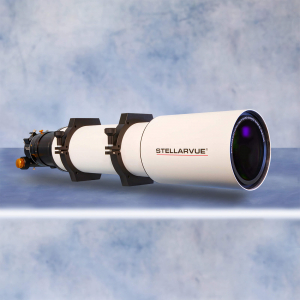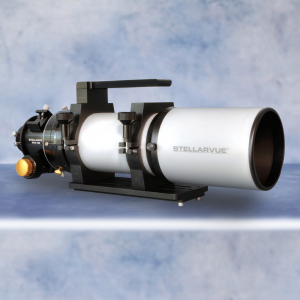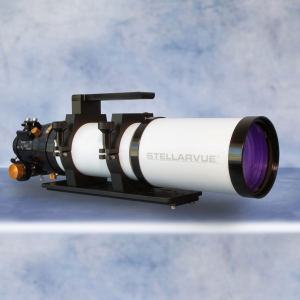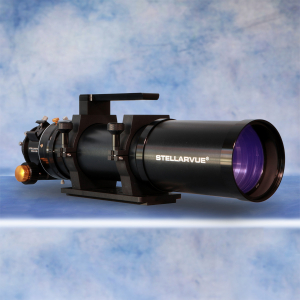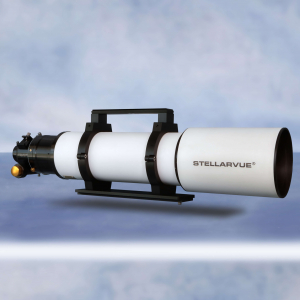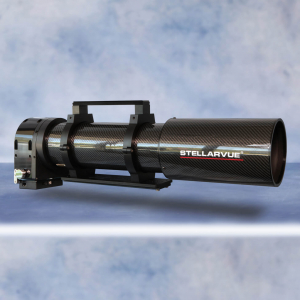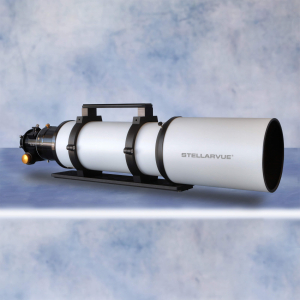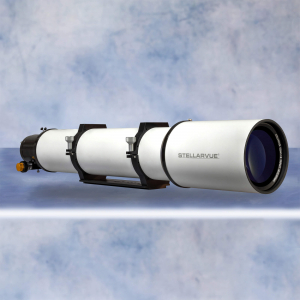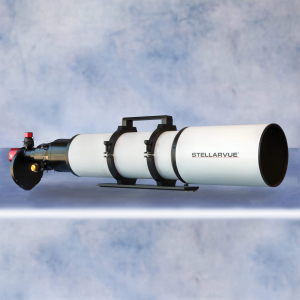SVX140T - IC 1396


Ryan Voykin caught this superb image of the Elephant’s Trunk nebula (IC 1396) in Cepheus with his SVX140T. This nebula is roughly 2,400 light-years away from Earth and is estimated to be about 100 light-years across. It is thought to be a star forming region, containing several very young stars that were discovered in infrared images in 2003. Two older stars are present in a small, circular cavity in the globule’s head. The combination of light from the massive star ionizing and compressing the rim of the cloud and the wind from the young stars shifting gas outward, is what causes this nebula to be very high in compression.
According to Ryan:
IC1396 in SHO (17.5 hours of integration) nothing special, just a backyard Monochrome image using the cheat code: Stellarvue SVX140T. Stacked and initial edits in Pixinsight with final touches in Photoshop.
Other Designations: Barnard 161, IC1396A, LDN 1105, vDB142.
Details:
Losmandy G11
Prima Luce Eagle 5S, Sesto, and Giotto
Ogma 26M with Antlia 3nm filters
17.5 hours of integration
72 x 300” Ha
71 x 300” Oiii
68 x 300” Sii
Software:
- Pix Insight
- Photoshop
References:
Wikipedia contributors. (2024, May 8). Elephant’s Trunk Nebula. Wikipedia. https://en.wikipedia.org/wiki/Elephant's_Trunk_Nebula
IC1396 – The Elephant’s Trunk Nebula NB – CORIUS Astronomy. (n.d.). https://www.corius.net/portfolio-item/ic-1396nb/#:~:text=Other%20designations%20Barnard,161%2C%20IC1396A%2C%20LDN1105%2C%20vDB142
Salvatore Iovene - http://iovene.com/. (n.d.). Elephant Trunk Nebula (IC 1396A). AstroBin. https://www.astrobin.com/4h9wth/#:~:text=It%20is%20estimated%20that%20the%20nebula%20is%20around,the%20largest%20star-forming%20regions%20in%20the%20Milky%20Way.

